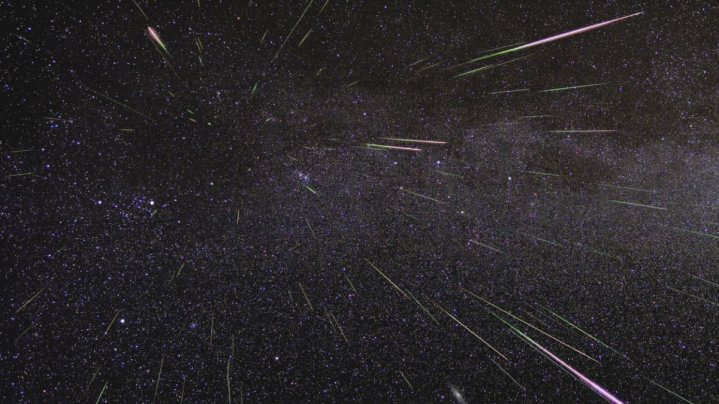
Halley's Comet is the most famous short-period comet, which can be seen with naked eyes. Last witnessed in 1986 from Earth, it is not supposed to be seen again until 2061 but every year, we can actually experience bits and pieces of the comet during the entire month of October and the beginning of November and this year is no different.
Our planet currently travels through huge debris left by the Halley's Comet and these remains burn up as meteors as soon as they enter the Earth's atmosphere and provide a beautiful vision to watch the Orionid meteor shower.
In this year, the Orionid meteor shower is scheduled to be seen from October 2 to November 7, with the peak night for activity starting from October 21 stretching till October 22 early morning. While October 21 night should be the most splendid one, "few days either side are also good", reports Travel + Leisure.
The best time to watch shooting stars, as we all know, is after midnight. Since, there is also a new moon scheduled just two days before the Orionid meteor shower peak night, it means a small crescent moon already set by midnight, one can expect to see at least 20 shooting stars per hour, experts said.
To watch them, you need to keep your eyes set on the eastern sky because that's where the constellation Orion will be situated during the midnights of October and November. The radiant point of the meteor shower is close to Betelgeuse, a red supergiant star above Orion's belt. Although shooting stars can appear anywhere in the night sky, this is the point from where they are supposed to appear in full length.
There is no need for any special equipment to watch this meteor shower, but be vigilant and keep your eyes wide open, that's all it takes.
Also Read: New era in astronomy: First ever detection of gravitational waves from merger of 2 neutron stars
For those who cannot make it to the wide-open night sky during the specified period, the online is providing another chance to watch the shooting stars. Slooh.com will livestream the entire event during October 21 and 22. The image will come from Slooh's low light cameras at the Institute of Astrophysics of the Canary Islands in Tenerife's Teide National Park, one of the world's darkest places.
Slooh is a robotic telescope which can be viewed via a web browser with Flash plug-in. It serves as an online telescope, through which people can experience live viewing via the Internet.









